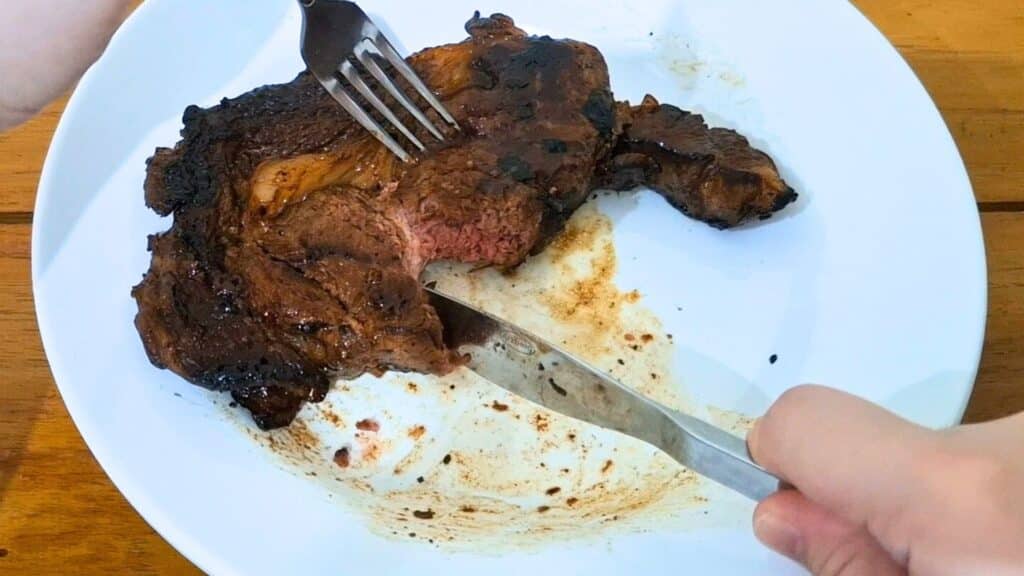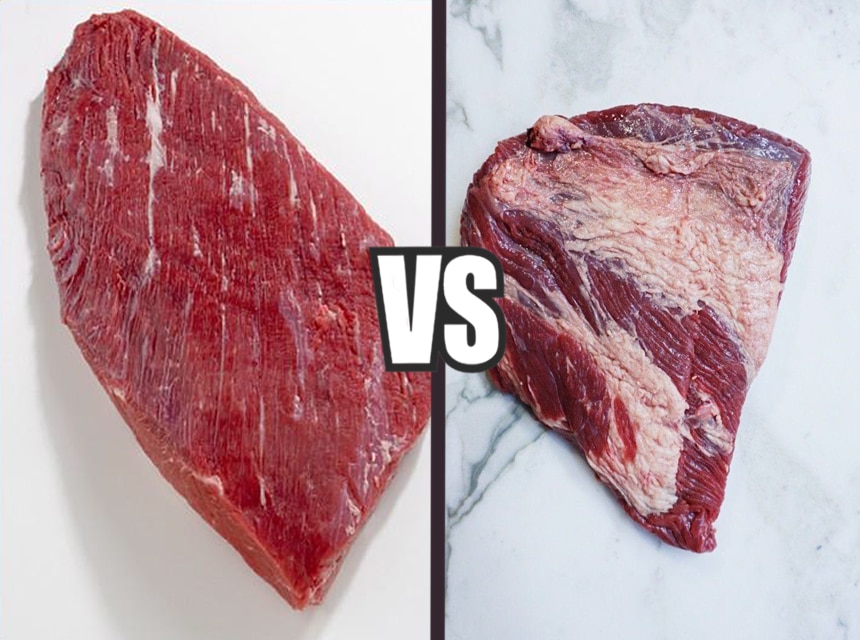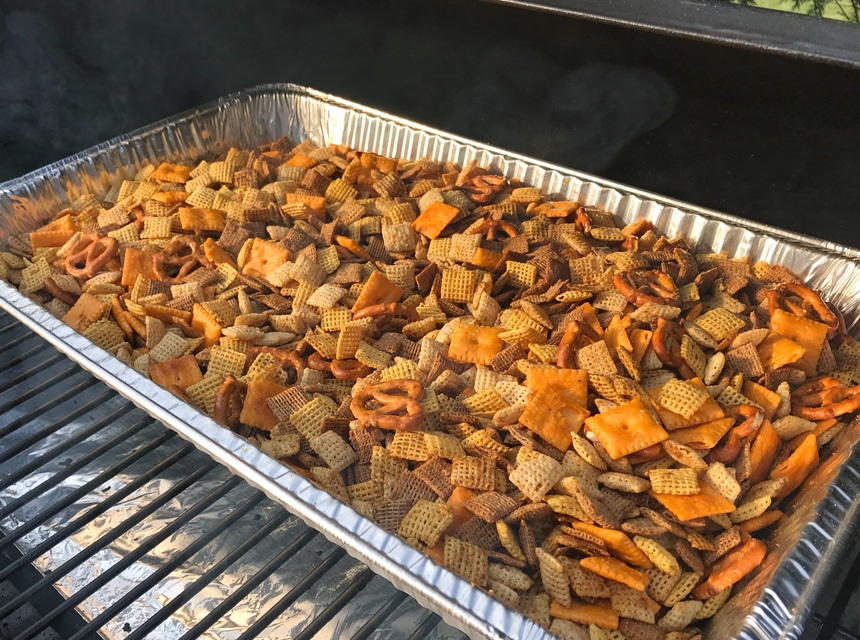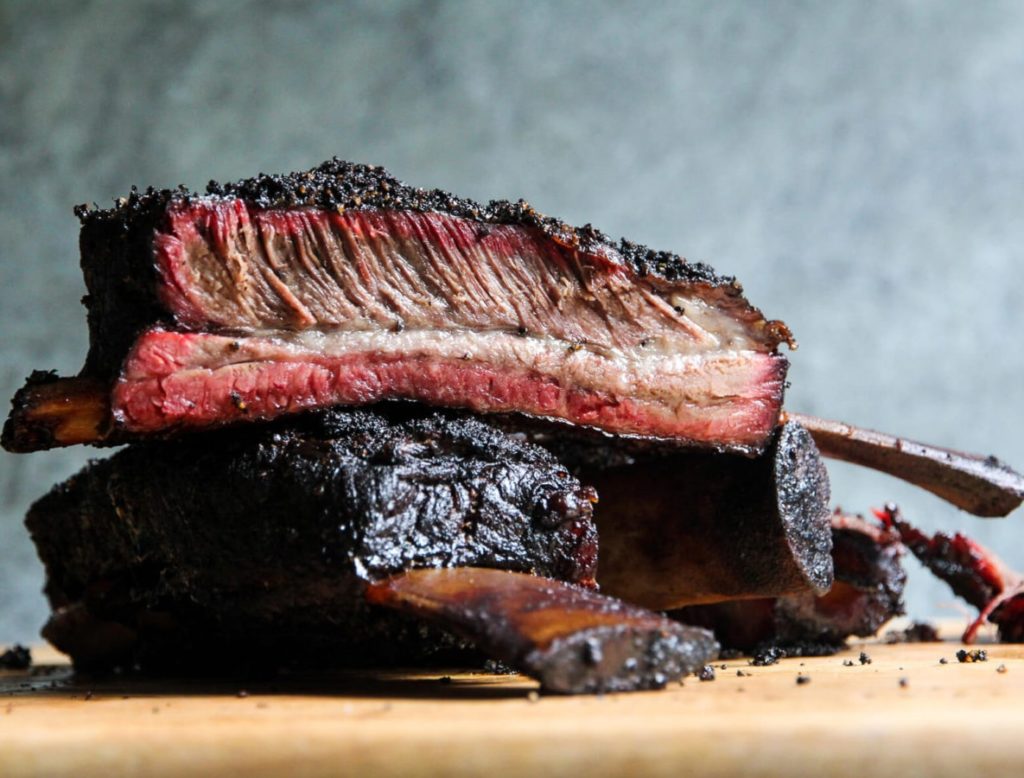

A Denver steak has become a really popular cut of meat in recent years. Cooked properly, it can be a thing of beauty, so we’ve picked the best Denver steak recipes that will be a hit of any BBQ party.
Denver steak is a fairly priced cut and can be added to your budget without breaking it. Such steak has a very good marbling which delivers extra juices and flavors to your dish. But it needs to be cooked at various temperatures which should be monitored carefully. But fear not – just follow our instructions. We’ll explore how to choose the perfect cut and make the best seasoning for both grill and smoker. We’ve also added recipes with veggies and shrimps for all types of foodies.
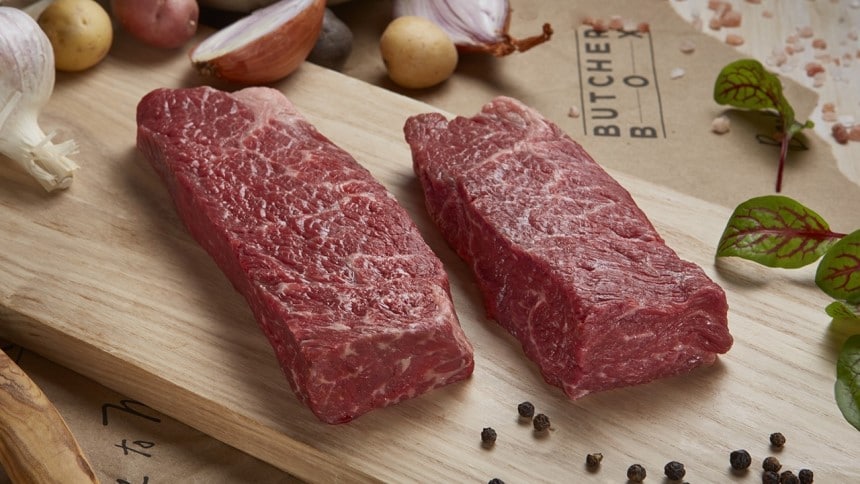
So, what’s the Denver connection? Well, there isn’t one, as far as we can tell. It seems like this is all part of the marketing of the steak. Denver steak was named as part of a checkoff program Trusted Source Commodity checkoff program - Wikipedia In the United States, a commodity checkoff program collects funds through a checkoff mechanism, sometimes called checkoff dollars, from producers of a particular agricultural commodity and uses these funds to promote and do research on that particular commodity. The organizations must promote their commodity in a generic way, without reference to a particular producer. en.wikipedia.org to increase the sales of domestic meat. It does have a nicer sound than chuck steak, so it seems to have done the job!
You can head to the butchers to find an excellent Denver steak. They’re a part of the chuck muscle which has a big blade bone running through it (it is part of the shoulder after all). Because it works so hard, some big chunks of the chuck steak need to be cooked low and slow, for instance using indirect heat on the Kamado Joe KJ23RHC Classic II.
Make sure you can see a bit of marbling, but not too much fat that can suggest a lot of toughness, and need you to cook the steak for far longer than you might be prepared to in order to render the fat.
First – cut against the grain! This guarantees tender results and increased flavors.
Most people find that they get the best results when underblade steaks are cooked on high heat. You can cook them on the grill, and an outdoor griddle pan will reach the high temperatures you need to get the steak to be tender. There is a good level of marbling and a strong, meaty flavor to a Denver steak, and you can enjoy this best once it’s cut against the grain.
Did you happen to get quite a tough steak? If you suspect that it isn’t the best quality, a slower roast might be a good call.
We love to share grilling recipes for people who want to experiment both with Denver steaks and other cuts of meat, whether you like to grill or smoke. Below, we look into how to cook Denver steak in a couple of methods.
There are some optional spices that work with no matter what cooking method you are going for. A BBQ rub like a brisket rub can be added if you want to enhance the meaty and smoky flavor. Simple flavors like salt and pepper, as well as butter and olive oil, can be added. In most cases, you should season just before starting your chosen cooking method.
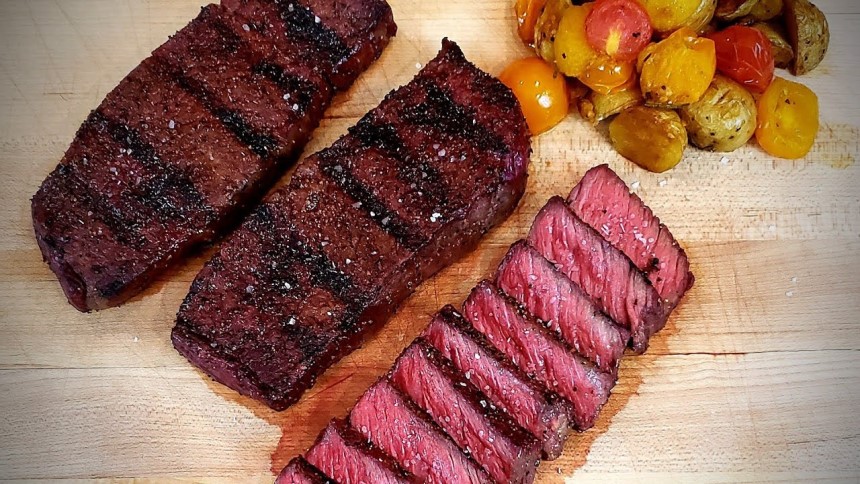
Pre-heat the grill to 250-275°F.
Season the steak with salt and pepper if you wish, but it isn’t essential – the taste comes from the juice.
Add your steaks to grill and lower the temperature. Internal steak temperature should stay at around 130°F to well-done state.
Take the steak out of the grill and let it rest for a few minutes.
Optional: add a knob of butter to melt on the top, and leave for 3-4 minutes before serving.

We advise to grill some eggplant or asparagus, giving 4-5 minutes on a high heat either side, before grilling Denver steaks alongside.
You can cook in a separate griddle pan, but if you want some of the fat to seep into your veggies and flavor them then you can cook all together.
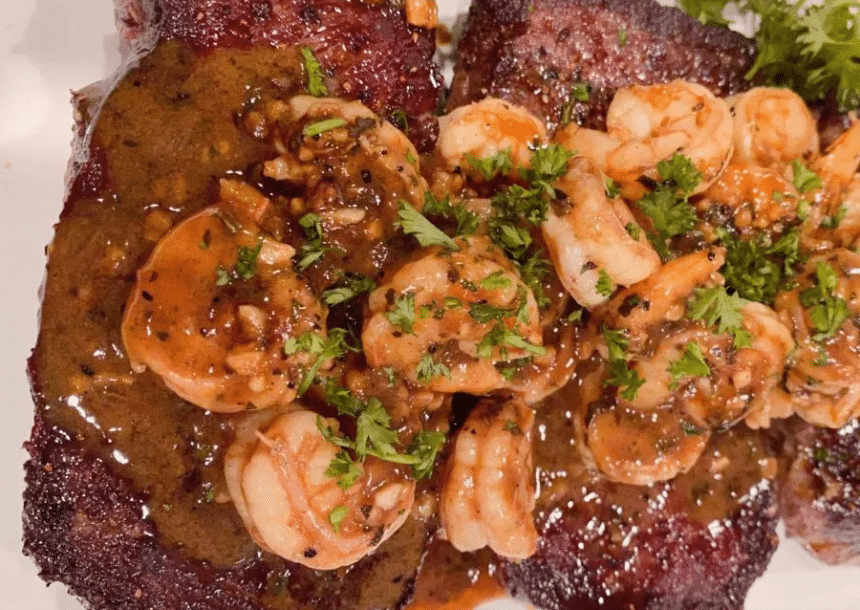
If you have a Z GRILLS ZPG-5502H or similar, you can enjoy the secondary grill shelf to keep things warm, so you could even prepare your shrimp in advance and keep them nice and hot. You can then add and serve as a “surf ‘n’ turf” when you’re ready.
Serve the steaks with the shrimp scattered on top, and a selection of sauces and sides. Fries work perfectly.
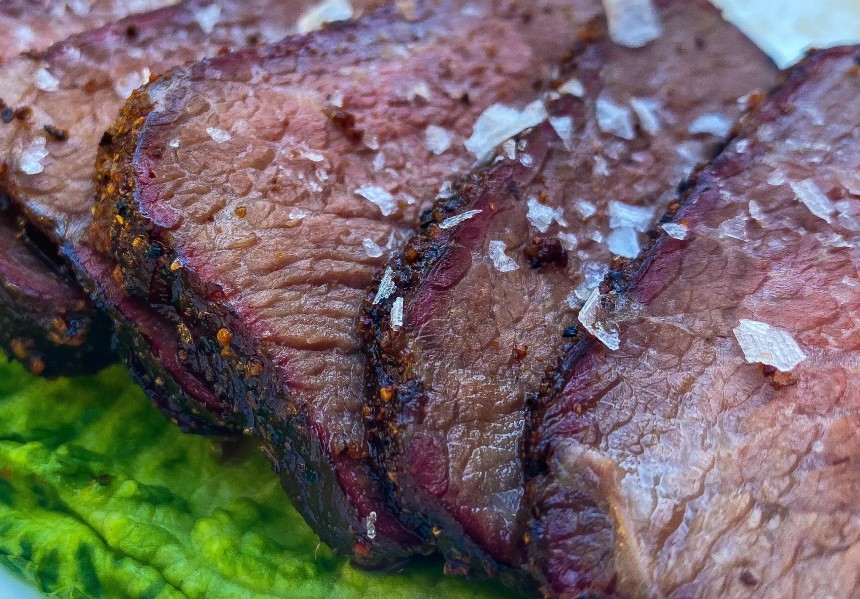
Prepare your grill by heating to a temperature of 180-240 degrees. It is a good idea to put some wood chips in there under the steak for a smoky flavor, but it doesn’t actually need a rub before you cook it.
Heat until it reaches an internal temperature of 160-180. Then, make sure it stays at this level of heat for 5-10 minutes. Try a bit of the steak to see if it is tender and delicious! A meat thermometer that has Bluetooth can even tell you when it hits the desired temperature if you are within 50 meters, so you can get on with your day.
There isn’t necessarily a time scale for this, it could take a couple of hours or even longer using this method. The steaks are relatively small compared to a shoulder, for instance, so it shouldn’t take too long. If you’re a regular smoker of meats you probably don’t mind waiting.
A smoked steak can be an experiment to go along with your next cookout. If you’re already smoking a load of meat, we recommend putting a Denver steak in with things like a pork shoulder. Make sure you give everything plenty of space on the grill so the flavors don’t contaminate, but a big cut of a Denver Steak can be delicious chopped up with BBQ sauce, with bread, or even on its own.
Check out the following recipe for a unique reverse sear steak. It offers tenderness and juiciness you’ve never seen in this cut before:
This steak hasn’t always been that popular. You don’t get too much Denver steak off a cow, and a lot of smokehouses and grills haven’t focused on a Denver steak recipe. In amongst the rest of the chuck, which needs to be slow cooked, you’ll find a delicious Denver steak that you can prepare however you see fit. Our recipes will get your creative juices flowing.
